Many people believe hamsters make excellent first pets for children. Though plenty of animals make fantastic pets for children, hamsters are not one of them. Children will want a pet that likes to be handled and played with, but most rodents are fearful by nature and prefer to be left alone. They are prey animals, and most carnivorous animals eat rodents. Let’s look at six other reasons hamsters do not make great pets for children.
1. Hamsters Prefer Solitary Lives
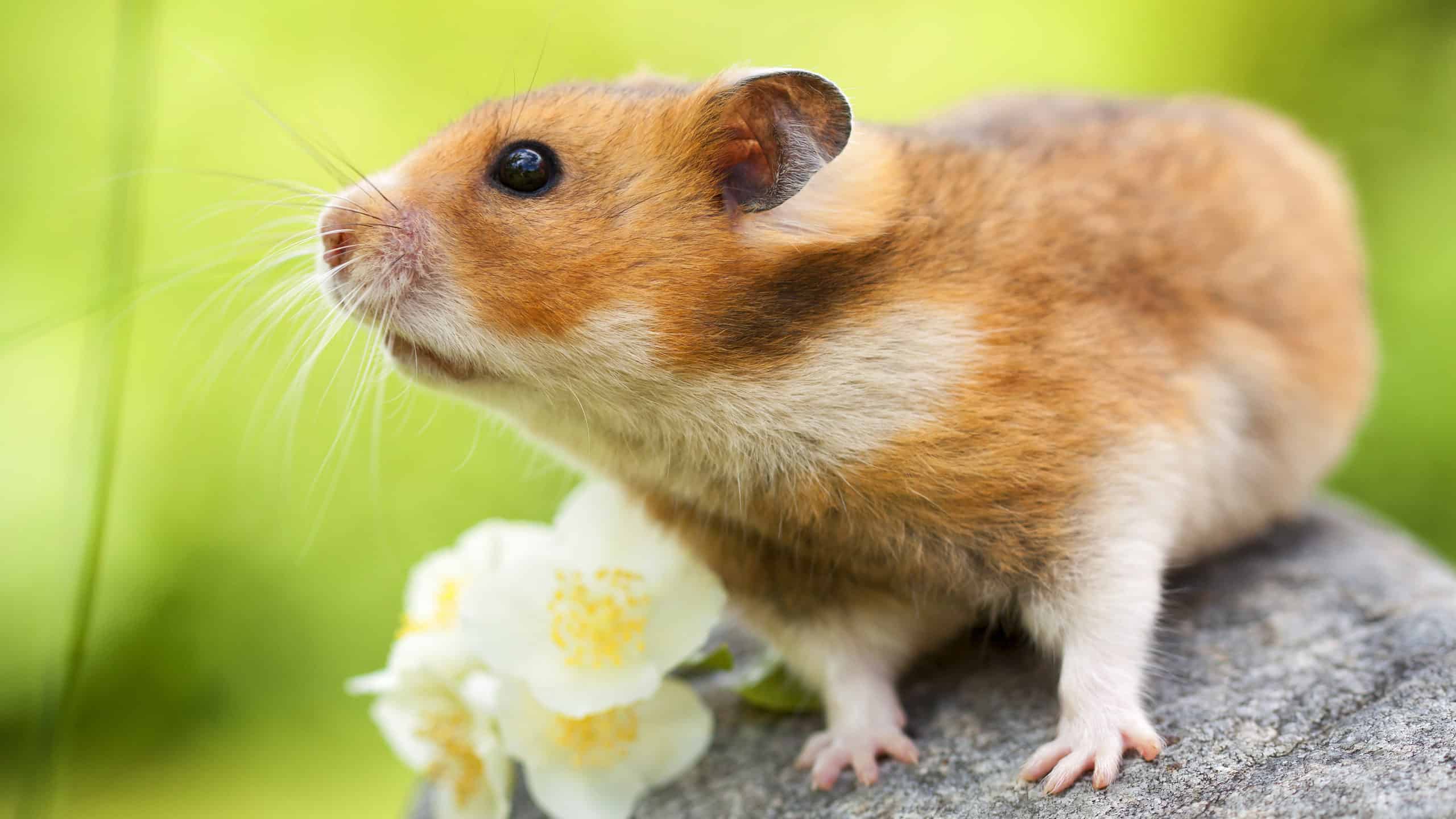
Hamsters in the wild lead solitary lives away from other hamsters.
©Anastasia Solovykh/Shutterstock.com
Some rodents are fond of socializing and even live in groups in the wild. Hamsters are not one of those animals. They prefer to be left alone and at peace for their short lives. In the wild, hamsters only come together to mate, then part ways afterward. A mother hamster will care for her pups until they are old enough to make it themselves. They will leave the nest and not return. If they do choose to return, their mother may fight and kill them in the process. Hamsters are territorial and very protective of their burrows and food supplies.
A child will want a cuddly animal they can hold, carry around, and play with. A hamster will not want to be touched and will become nervous around anyone, especially a loud, fast child. Rats love socializing, bonding closely with their owners, and coming out and playing. Because they are so social, they must be kept with at least one other rat to cuddle and sleep with.
2. Hamsters Are Fearful

Children have a tough time understanding how a hamster thinks and feels.
©Natalia7/Shutterstock.com
In nature, hamsters have many enemies who would be happy to have them for dinner. It is understandable why the small rodents would be fearful. Since they are waiting for a predator to find them and remain constantly nervous, they do not make great pets for children. It is essential to understand how a hamster thinks and why. Children are typically unable to fully grasp how an animal low on the food chain might react or think. Something as simple as reaching over a hamster can freak them out, and they might view you as a predator. Children also tend to unexpectedly grab hamsters and move quickly, which is precisely why hamsters view them as predators. They prefer to stay at home with the doors locked. They don’t want visitors.
3. Hamsters Can Bite Very Hard
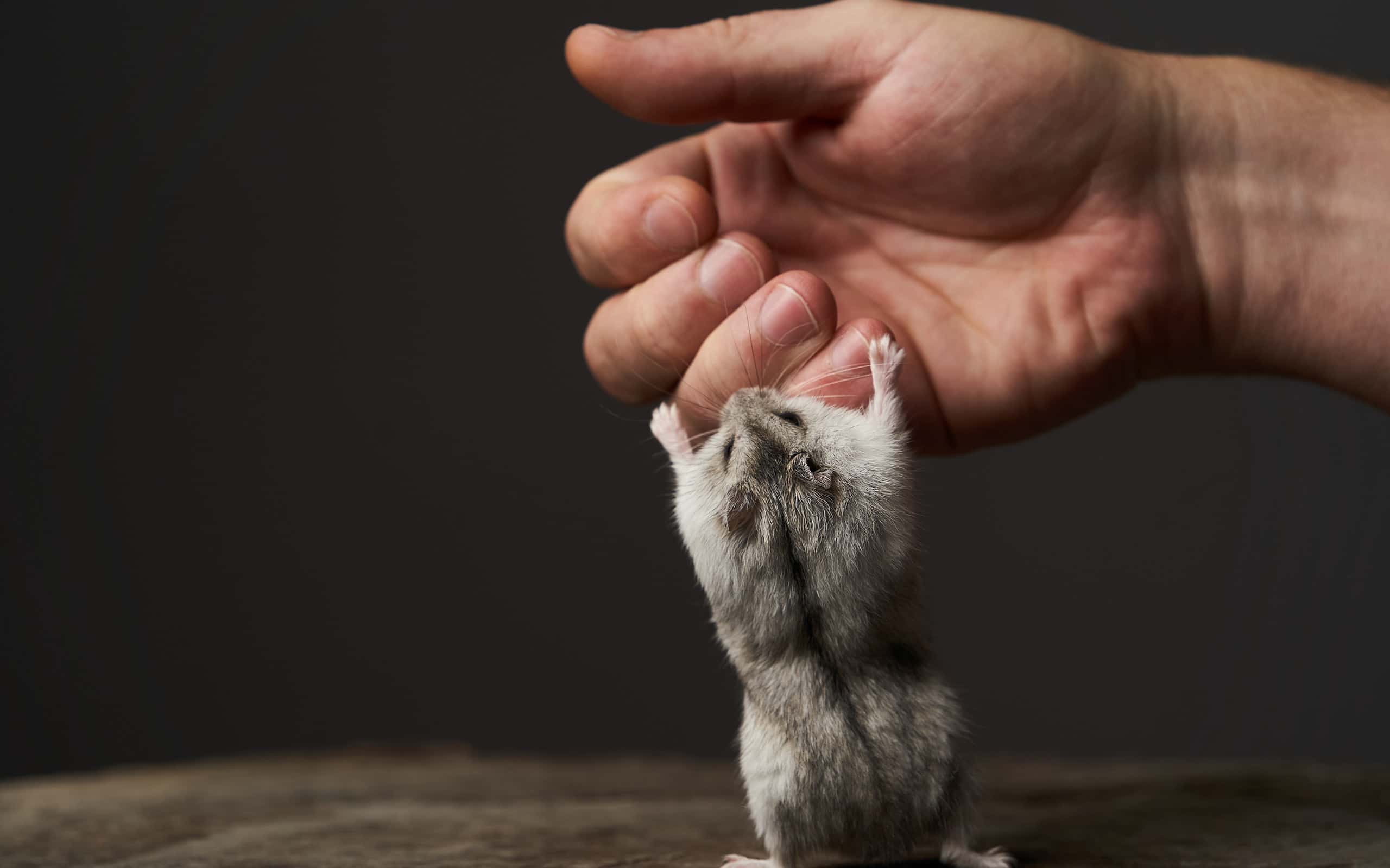
A hamster’s only means of defense is to run and hide or bite.
©geckophotos/iStock via Getty Images
One of the reasons hamsters end up being rehomed or dumped at animal shelters is because their only defense is to bite. This is especially true when dealing with a young child who might think it’s perfectly fine to reach into a hamster’s bed and grab them. The hamster gets blamed for being vicious and hurting the child. The bite inflicted on the child could be deep and may even require stitches. Almost everyone in the U.S. has a horror story about a hamster from when they were a child. Now you know why.
4. Hamsters Are Fragile
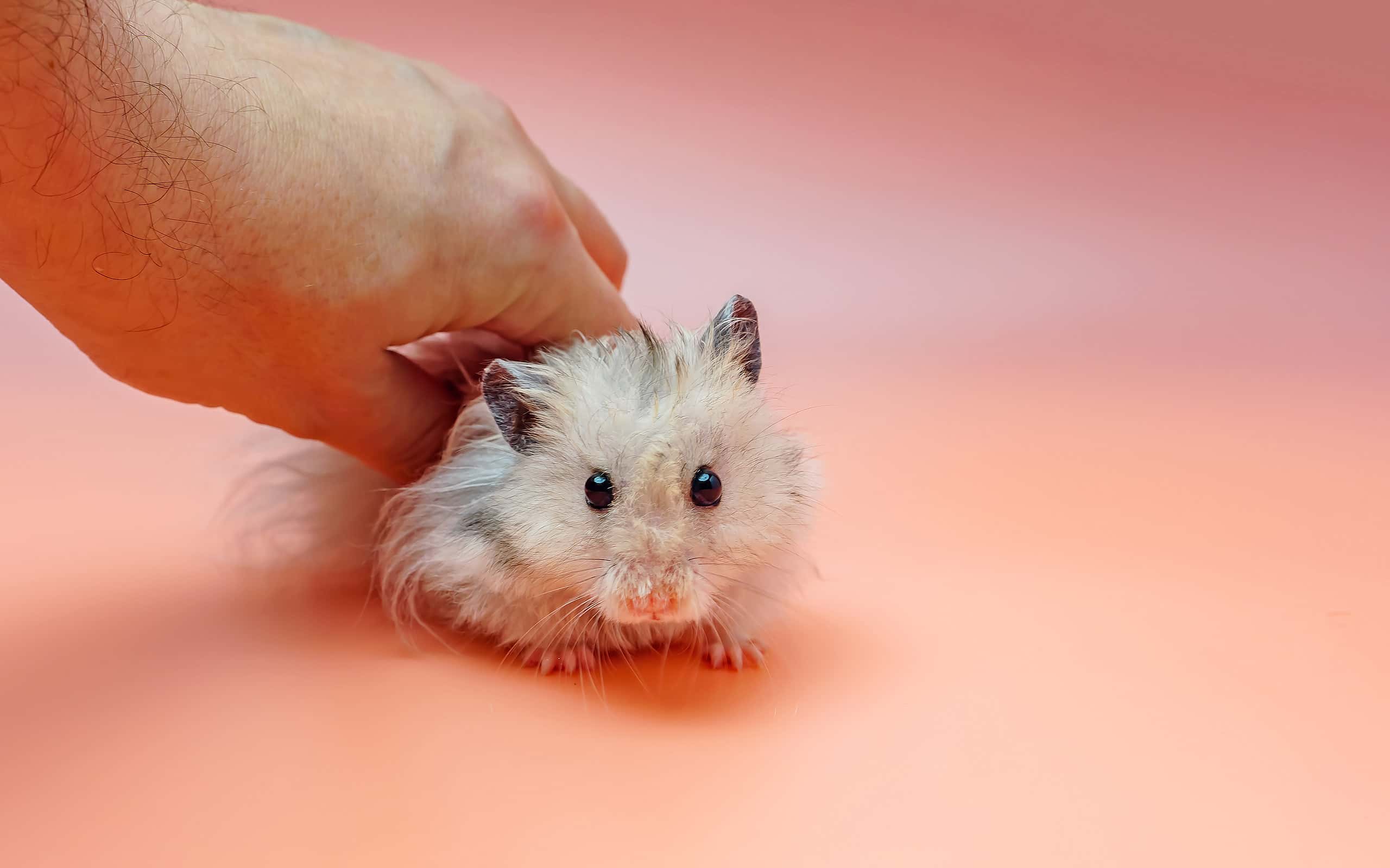
Like all rodents, hamsters have very delicate, lightweight bones that can easily break.
©Tatiana Stepanishcheva/iStock via Getty Images
Another reason hamsters make poor pets for children is because they are so fragile, with tiny, easily breakable bones. They can die from a fall, and if they are forced into a small space, like a toy, by a child, they could break bones and suffer greatly. Most parents aren’t aware that a hamster can go to the vet, and even more, they are unlikely to rush a hamster with a broken leg to an emergency clinic after hours. Hamsters are delicate and must be treated as such. They have very short lives, and any amount of suffering is too much.
5. Hamsters Are Nocturnal
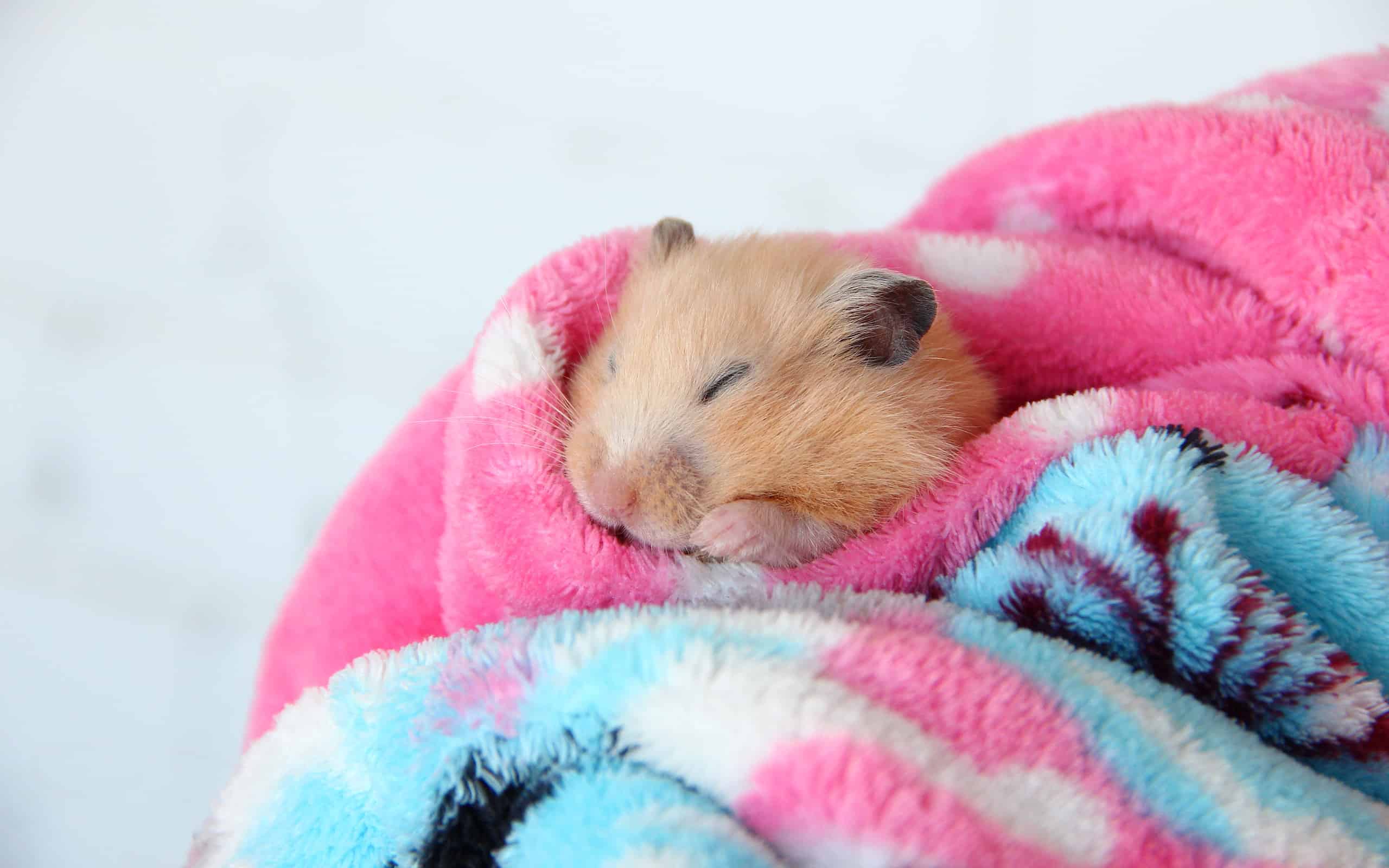
Just like humans, hamsters need restful sleep to stay healthy.
©Alex Milan/iStock via Getty Images
Hamsters are nocturnal, and disturbing them throughout the day with loud noises or forcing them to come out is cruel. Children will want to have a pet that can play while they are awake. Hamsters typically wake up around a child’s dinner time and stay up all night until an hour or so before the sun rises. Your child will be sad not to be able to play with their friend after school, so it’s best to get an animal that is awake during the daytime. Guinea pigs are rodents who make great pets, are gentle, and tend to be awake during the day.
6. Hamsters Are Territorial
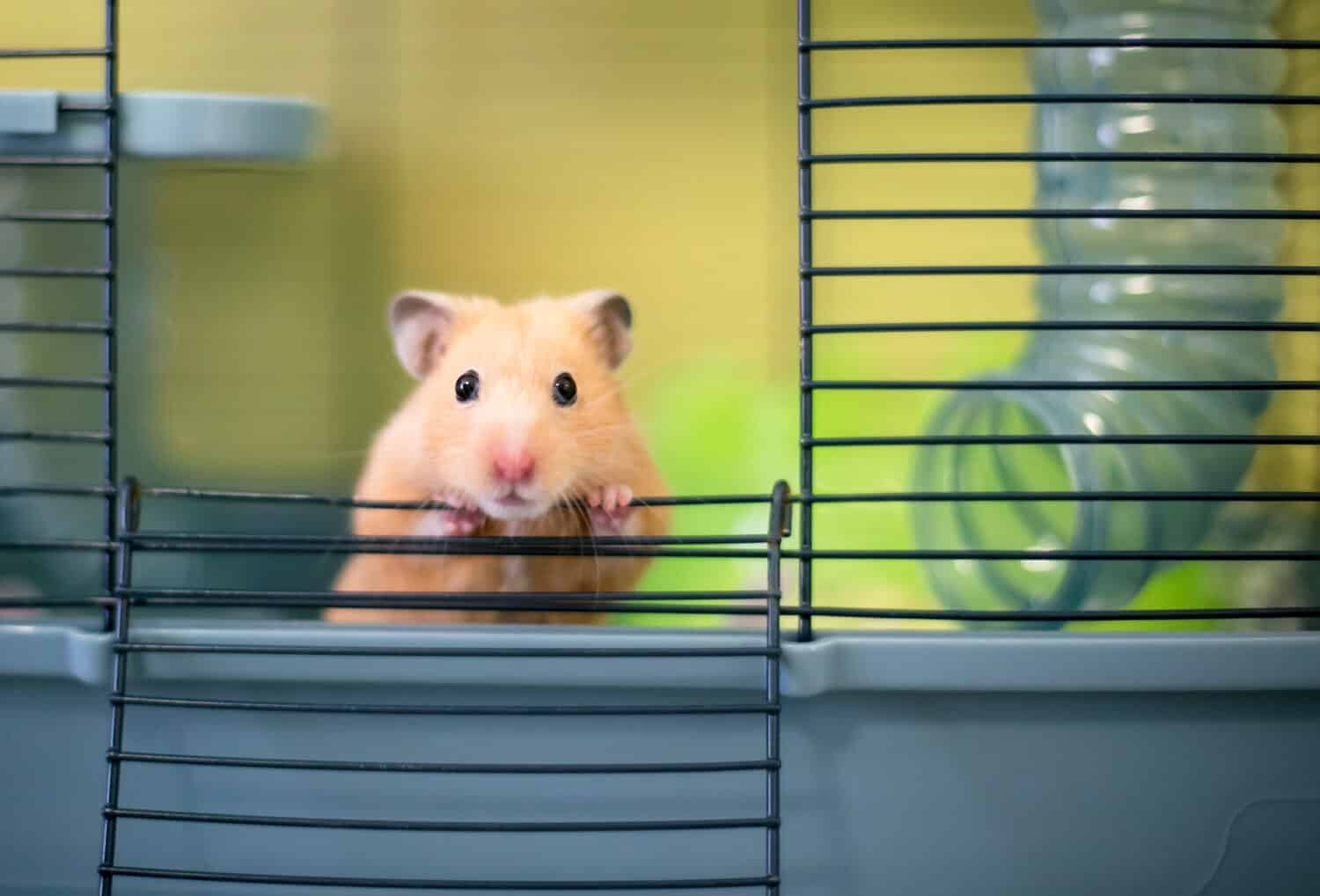
Children may have a difficult time understanding why their hamster is growling at them.
©Mary Swift/Shutterstock.com
Hamsters are territorial. The more they remain in their cages, the more territorial they will become. Some Syrian hamsters will growl and attack if they feel that their home, toys, or food is threatened. Obviously, this is not something you want for a child since they may not understand why their hamster is mean. This is just the nature of how hamsters are in the wild. They may be domesticated in many ways but will always be territorial.
Many times, after the newness of the hamster has worn off, they will slowly become ignored by a child. This will give it plenty of time to develop “cage rage.” Cage rage happens when a hamster is ignored and becomes aggressively territorial in its cage. It also happens when it feels that it is constantly under threat, is concerned someone will steal their food, or feels trapped in a small enclosure. If the hamster runs out of food and water regularly, it will take hoarding to an extreme level and attack if it feels that its food stash is threatened. If the cage is smaller than it should be, your hamster will become insane, basically, and will be aggressive.
The photo featured at the top of this post is © iStock.com/Azaliya
Thank you for reading! Have some feedback for us? Contact the AZ Animals editorial team.






